Avalanche Tips and Terms video series
New Zealand’s mountains are breathtaking, but they also demand respect. Whether you're a skier, snowboarder, mountaineer, hunter or alpine tramping enthusiast, understanding avalanches is key to staying safe in the backcountry.
That’s why we’re on a mission to increase the ‘Avalanche IQ’ of New Zealanders! In this 23-episode video series, Avalanche Tips and Terms, we break down the essential avalanche knowledge you need—from the basics of avalanche terminology, to interpreting the NZAA forecast, recognising problem terrain, and making safe decisions in the mountains.
Each episode tackles a key concept, helping you build a strong foundation of avalanche awareness. By the end, you’ll be better equipped to read the terrain, assess conditions, and travel smart in the backcountry, ready to build on your knowledge with a hands-on Avalanche Skills Course and extend your experience out in the mountains.
Join us as we bridge the gap between avalanche forecasts and real-world decision-making in the field—the higher your Avalanche IQ, the better prepared you will be for a safe winter.
Episodes
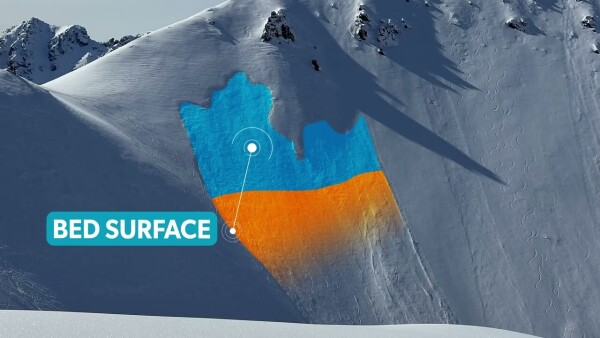
1 | Understanding Avalanches
Learn what an avalanche is, including how they occur and the names used to describe their anatomy.
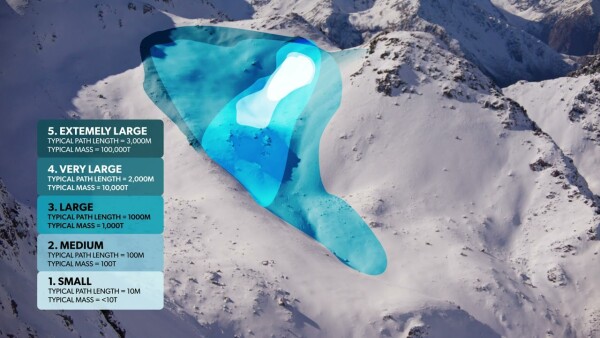
2 | Avalanche Size
Avalanche size is rated on a globally recognised scale. This episode helps you to understand the different size classifications and how these may affect your trip.
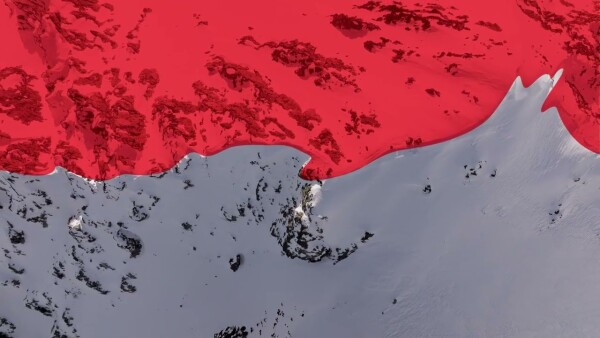
3 | Aspect
‘Aspect’ is fundamental to identifying and understanding avalanche terrain. Learn what ‘aspect’ refers to, how to determine the aspect of a slope, and how to use this information for your trip planning and terrain choice.
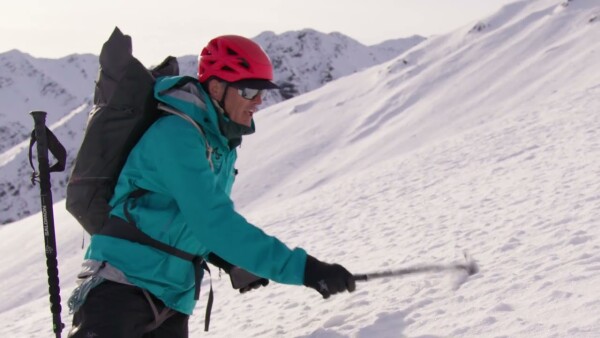
4 | Angle
The angle of a slope is critical for assessing if you are in, above or below avalanche terrain. Learn how to measure the angle of a slope and understand how this could affect your route selection.
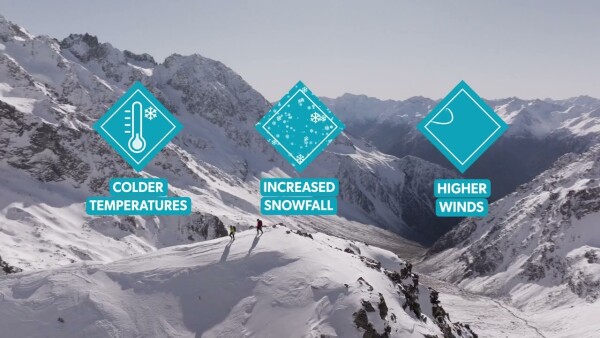
5 | Elevation
At first glance, elevation may seem a simple concept. However, in the world of avalanche safety, it is a little more complex and plays a critical role in identifying avalanche terrain. In this episode, discover the effect elevation has on snow stability and how we account for different elevations in the NZAA forecasts.
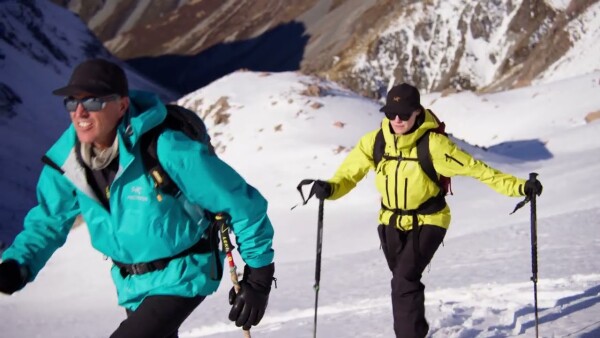
6 | Triggers
The trigger of an avalanche can vary widely. In this episode, learn why and how an avalanche is triggered and what some of the common triggers are, so you can be aware when you’re in the backcountry.
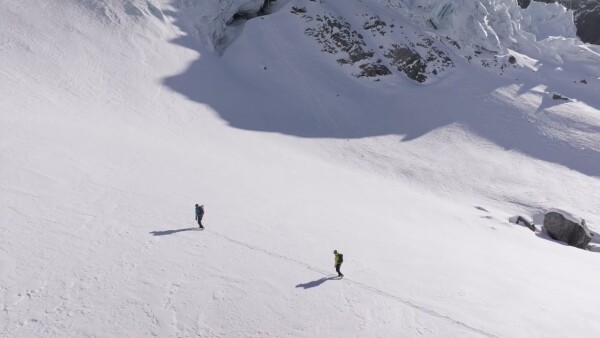
7 | Terrain Traps
The term terrain trap is often used in the NZAA forecasts. An understanding of terrain traps is key to applying the forecast to your route and selecting a safe ascent or descent. In this episode, learn what terrain traps are and the implications they may have if you are caught in a slide, plus some simple tips to reduce your risk.
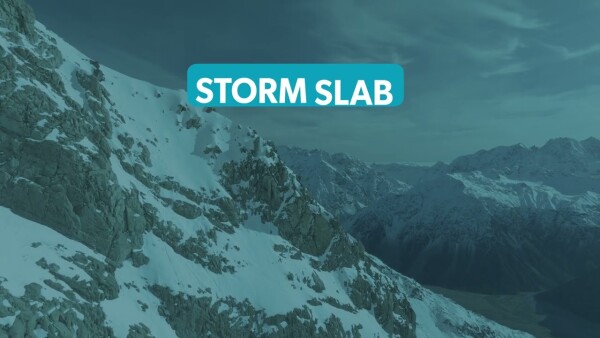
8 | Storm Slab
The NZAA uses 9 avalanche problem types. In this episode, we look at storm slabs, including what this avalanche problem is, how it forms and some travel considerations when it appears in the forecast or in the field.
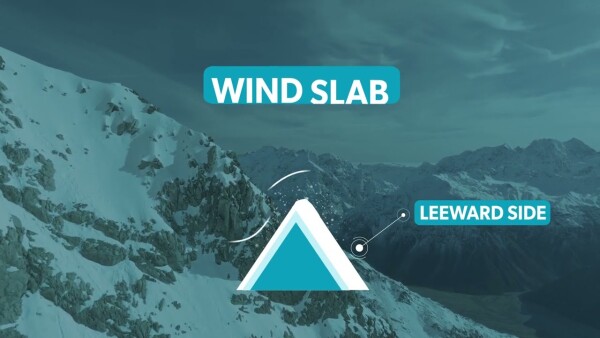
9 | Wind Slab
The NZAA uses 9 avalanche problem types. In this episode, we look at wind slabs, including what this avalanche problem is, how it forms and some travel considerations when it appears in the forecast or in the field.
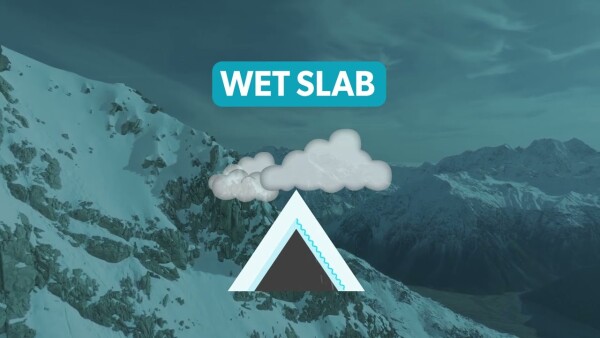
10 | Wet Slab
The NZAA uses 9 avalanche problem types. In this episode, we look at wet slabs, including what this avalanche problem is, how it forms and some travel considerations when it appears in the forecast or in the field.
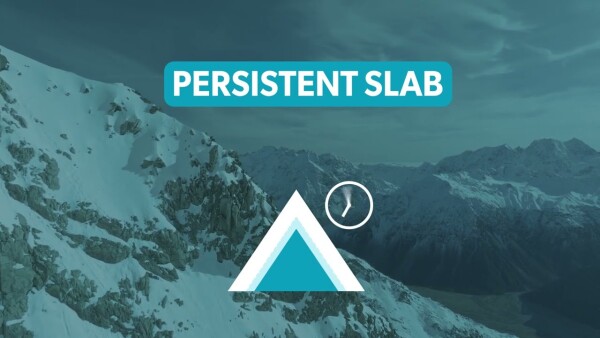
11 | Persistent Slab
The NZAA uses 9 avalanche problem types. In this episode, we look at persistent slabs, including what this avalanche problem is, how it forms and some travel considerations when it appears in the forecast or in the field.
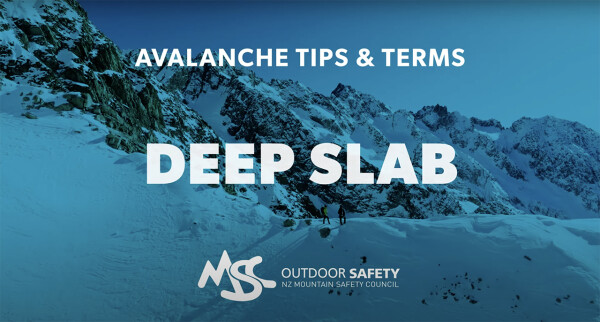
12 | Deep Slab
The NZAA uses 9 avalanche problem types. In this episode, we look at deep slabs, including what this avalanche problem is, how it forms and some travel considerations when it appears in the forecast or in the field.
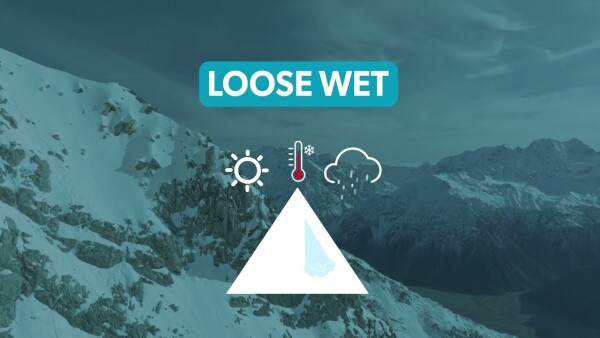
13 | Loose Wet
The NZAA uses 9 avalanche problem types. In this episode, we look at loose wet avalanches, including what this avalanche problem is, how it forms and some travel considerations when it appears in the forecast or in the field.
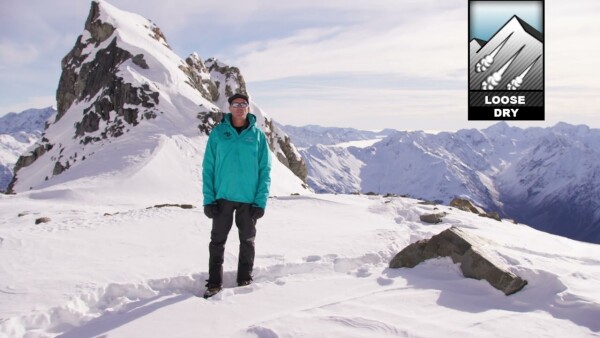
14 | Loose Dry
The NZAA uses 9 avalanche problem types. In this episode, we look at loose dry avalanches, including what this avalanche problem is, how it forms and some travel considerations when it appears in the forecast or in the field.
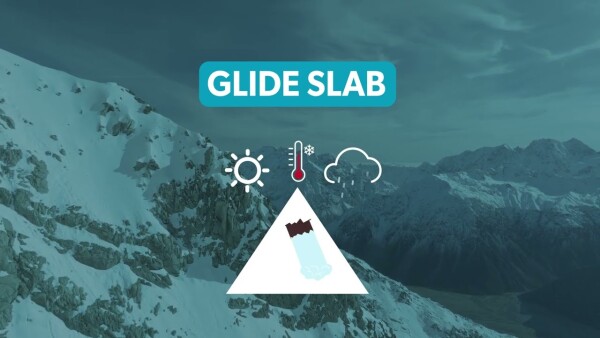
15 | Glide Slab
The NZAA uses 9 avalanche problem types. In this episode, we look at glide slabs, including what this avalanche problem is, how it forms and some travel considerations when it appears in the forecast or in the field.
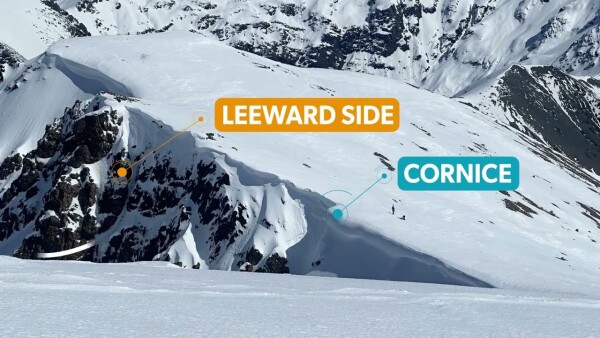
16 | Cornice/Ice Fall
The NZAA uses 9 avalanche problem types. In this episode, we look at cornice fall, including what this avalanche problem is, how it forms and some travel considerations when it appears in the forecast or in the field.
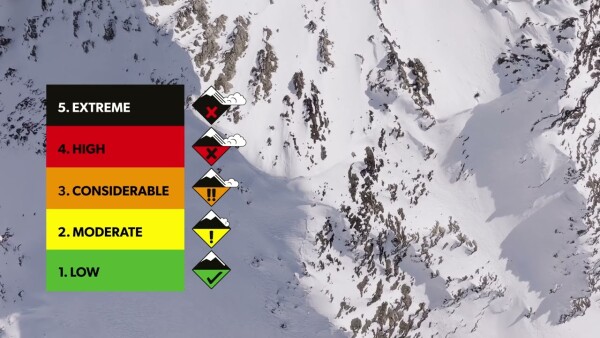
17 | Danger Scale
Avalanche danger is forecast using a globally recognised scale, adopted by most English-speaking countries. Understanding and applying the danger rating to your plans is one of the most critical skills when you head into the backcountry. In this episode, learn about the scale, the rating definitions and other essential information including travel advice.
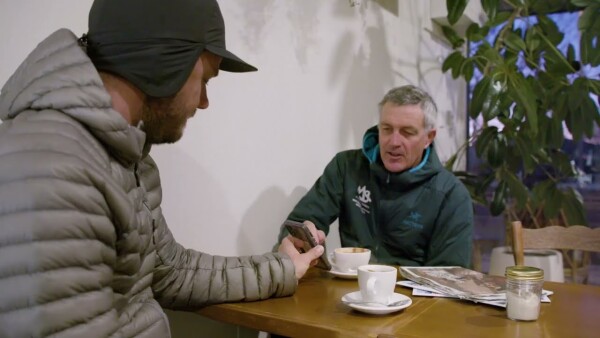
18 | Danger Rose
The avalanche danger rose is a simple but useful tool used by the NZAA to help you apply the forecast to your trip planning. Understanding how it can be applied to your route selection, including aspect and elevation, is key to safe decision-making both before you head out and while you’re in the field. Learn about the danger rose in this episode.
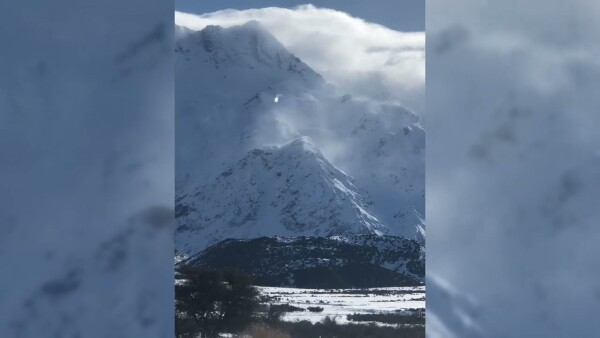
19 | Weather Conditions
Changes in the weather can have a rapid affect on the layers in the snowpack! Learn some key weather conditions to look out for and how they may affect the avalanche hazards you encounter.
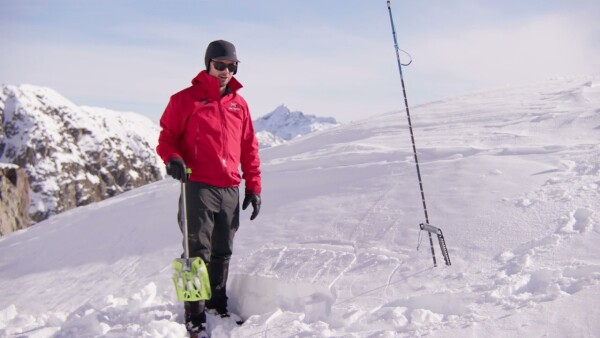
20 | Signs of Snowpack Instability
Even with the best planning, sometimes the conditions change or are not what you expected. In this episode, learn some simple signs that indicate that the snowpack is not stable and should be treated with extreme caution.
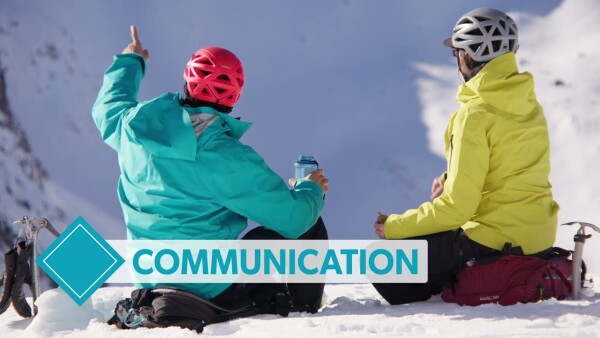
21 | Safe Travel Tips
Avalanches are an ever-present danger in the alpine backcountry. These dangers can be minimised but never eliminated. In this episode, we visit safe travel techniques so you and your group can travel as safely as possible whilst out in the field.
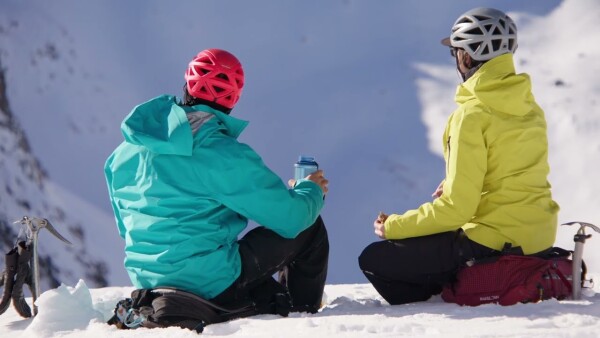
22 | Travel Recommendations for Mountaineers
Historically, mountaineers make up over 70% of NZ avalanche fatalities. In this episode, we have put together some specific travel considerations and recommendations for mountaineers to minimise their risk of avalanches when out in the backcountry.
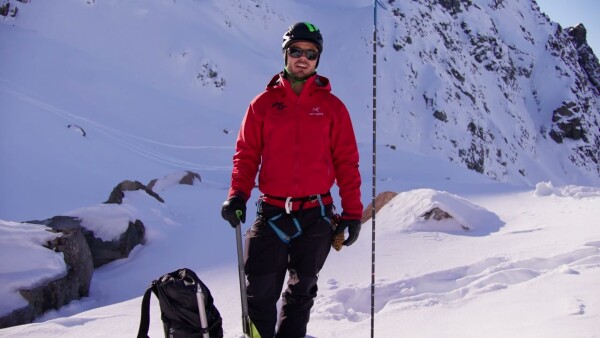
23 | Avalanche Rescue Equipment
When the worst possible situation arises, it is critical to be prepared with the equipment you need to locate and dig out a person (or people) buried by an avalanche. Similarly, it’s important to incorporate this equipment into your pre-trip planning and conversations. In this episode, we explain the basics of avalanche rescue equipment, what these items include and how they are used.
Glossary Terms
New to avalanche safety? Reading an avalanche forecast can feel like learning a new language. Understanding key terms is the first step to identifying avalanche terrain and making informed decisions in the backcountry.
This glossary breaks down key concepts like avalanche size, slope angle, aspect, triggers, elevation and terrain traps. These terms are the building blocks of avalanche awareness.
By learning these fundamental concepts, you'll be better prepared to understand the forecast, identify hazards and recognise avalanche terrain.
Avalanche Problem Types
Not all avalanches are the same! Avalanche forecasts describe different avalanche problems—each with unique characteristics, causes and challenges. There are 9 avalanche problem types used in NZ’s avalanche forecasting, which are also used around the world.
You'll learn how each avalanche type is formed, signs to look for, and the travel considerations when each problem exists.
Understanding these problems is key to recognising hazards, interpreting conditions and making safe route selection based on the NZAA forecast.
Understanding the NZ Avalanche Advisory
The New Zealand Avalanche Advisory (NZAA) forecast provides critical information about avalanche danger so knowing how to interpret it is essential for making safe backcountry decisions.
This guide walks you through the key components of the NZAA forecast, including the ‘Danger Scale’ and ‘Danger Rose’.
Increase your Avalanche IQ by improving your ability to take the information in the forecasts and apply it to your decision-making in the field.
Practical Tips and Travel Techniques
So, you’ve mastered how to understand the NZAA forecast, what’s next? Well, it’s time to take your Avalanche IQ from the forecast to the field with our practical tips and travel techniques.
This part of the video series shares practical ways you can minimise the risk of avalanches while you're out in the field. This includes critical skills such as understanding the effect of weather on the snowpack, signs of instability to look out for, safe travel techniques and an overview of avalanche rescue equipment.
Thanks to our funding partner Tūpiki Trust
Plus a massive thanks to all of the incredible people and organisations that helped us put these videos together:
Walsh & Beck production agency, Arc’teryx AUNZ, Kevin Boekholt – Alpine Guides, Jamie Robertson, Jim Young, Will Rowntree, Sean Toms, Tai Naka, Mal Haskins, Kevin Thompson - Milford Road Alliance and Elke Braun-Elwert - Alpine Recreation Canterbury.
Further Resources
- View your local avalanche forecast here
- Complete our Online Avalanche Course
- Get the hands-on training necessary to be safe in avalanche terrain from one of our trusted course providers
- Read our ‘User’s guide to understanding the NZ Avalanche Advisory’